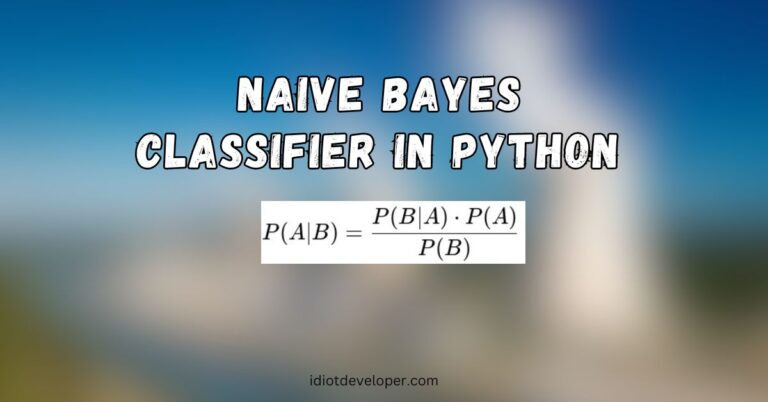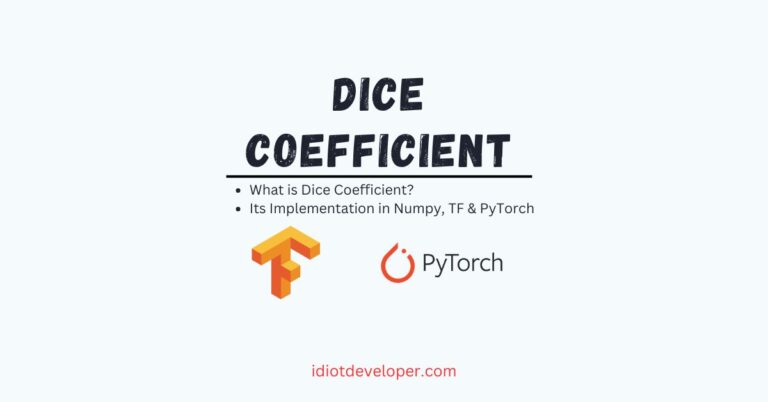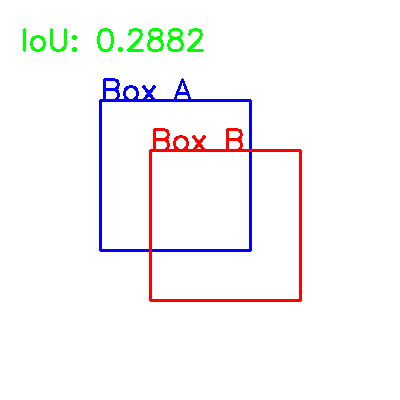Naive Bayes Classifier in Python
The article explores the Naive Bayes classifier, its workings, the underlying naive Bayes algorithm, and its application in machine learning. Through an intuitive example and Python implementation, the article demonstrates...




